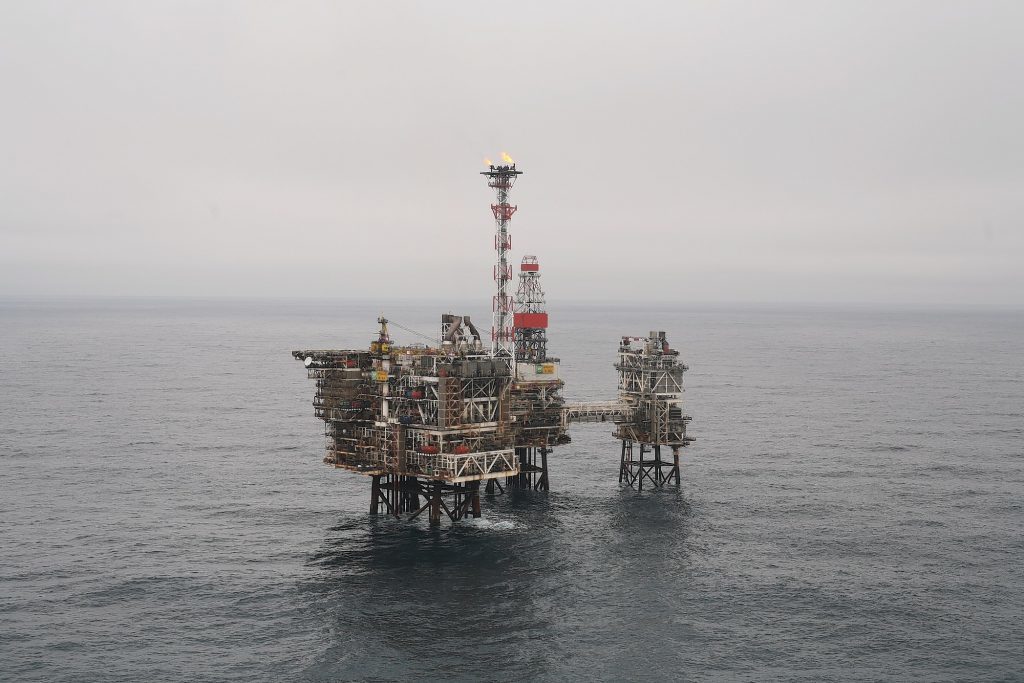
Workers were today flying back to the Bruce platform after being evacuated on Friday.
More than 70 workers were flown off the North Sea installation, which is located east of Shetland, after it lost power.
The 76 crew members were taken to other platforms in the area.
A BP spokesman said: “Power is being restored to normal and the teams are starting to be flown back.”
The oil major was “still looking at the cause”, according to the spokesman.
Production was temporarily shut down during the incident.
Bruce was discovered in June 1974 in acreage licensed to BHP in the 4th licensing round. Condensate, a light crude that exists as gas under reservoir conditions, was found 4000 metres below the seabed in a water depth of 121 metres.
Further drilling was largely unsuccessful. However, interest in the prospect was rekindled in early 1981 when BP discovered gas/condensate in an adjacent 5th round block in the centre, followed by a further discovery to the east by Total in 1984.
Oil and gas from the Bruce reservoir is recovered by 20 platform wells and 6 subsea wells.
The Bruce field is a complex structure of three reservoirs – Turonian limestone (gas condensate), Bruce sandstone (oil and gas condensate), and Statfjord sandstone (oil and gas condensate). It is a structural trap consisting of several separate accumulations which may need up to 40 wells to produce oil and gas at all reservoir levels.
First production occurred in 1998, with peak production rates from these facilities, being around 450 million standard cubic feet of gas and 45,000 barrels of hydrocarbon liquids per day.
Bruce field production commenced decline in 2003 and ullage will become available in all parts of the platform facilities over the next few years.
Recommended for you
